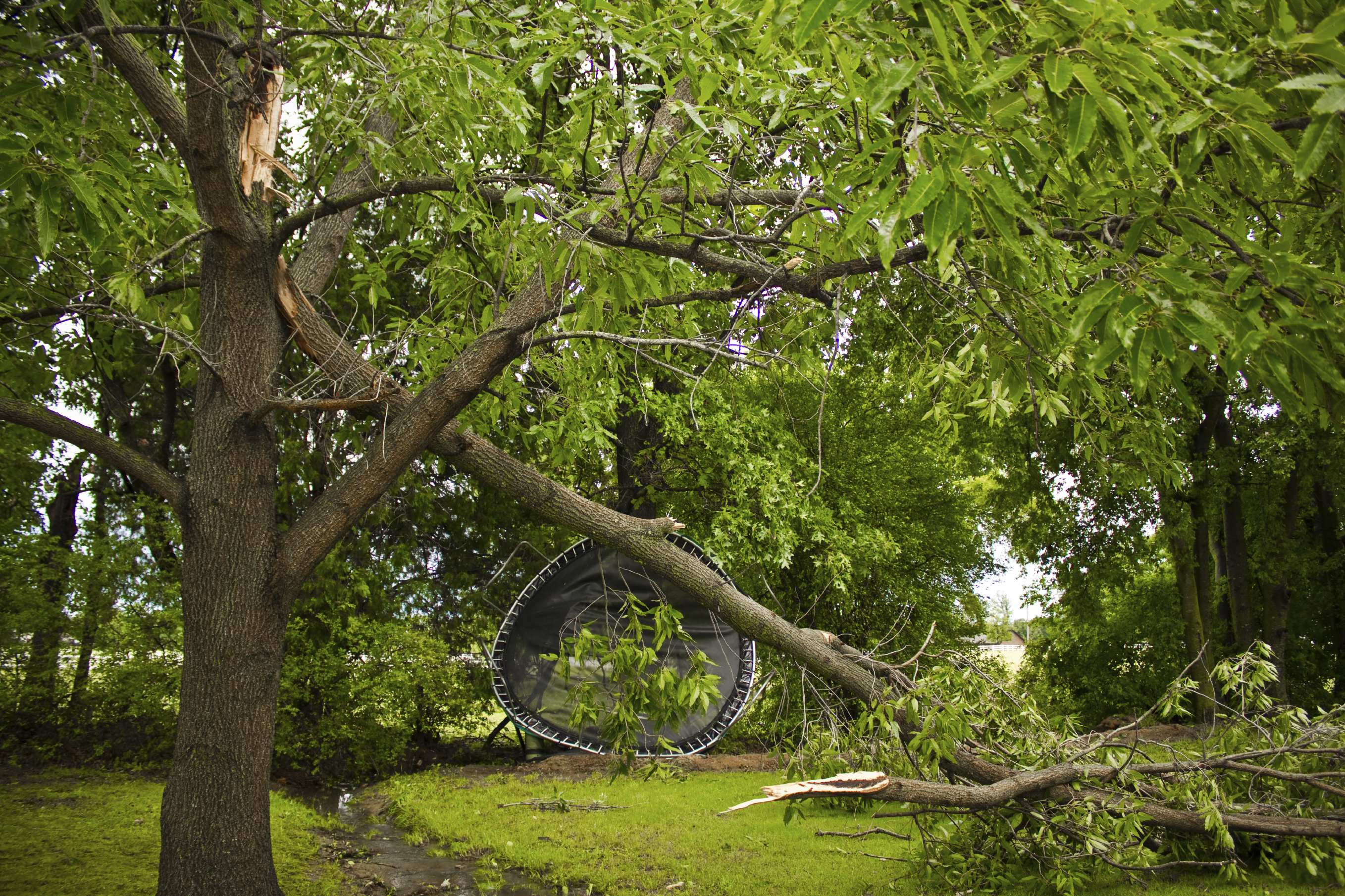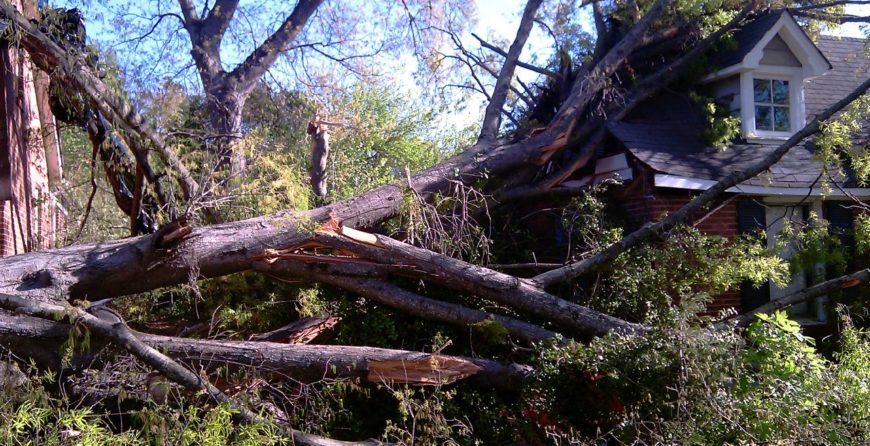Written by Admin and published on https://www.loveyourlandscape.org/
If there is one thing that all of southwest Florida is familiar with, it is the damage that hurricanes can cause when they pass over us. Along with destroying buildings and damaging roofs, they can also completely knock trees over, blocking roads, driveways, or crashing into your home.
When a tree falls on your property, there are some steps you should take to ensure it is removed safely and properly. Obviously, the first step is to ensure that you and your family get to safety if the tree fell on any part of your home. There could be some issues with the structure and you should not stay in the building until an expert assesses the condition of the building. Learn what else to do when you have a fallen tree after a hurricane strikes in Cape Coral, Lee County, Fort Myers, and surrounding areas of Florida.
AFTER THE STORM: TLC FOR YOUR TREES

Besides being the most notable features of your yard, trees are also likely to be your property’s most valuable feature. They are investments that mature over time. Whatever you spent on them initially is only a fraction of what they are worth, monetarily and environmentally, as they grow year after year. Ultimately, there is no price that can be put on your trees, and accordingly, it is important to ensure the long-term health of your largest (and tallest!) investments, particularly when weather starts to take its toll.
Tree damage caused by wind and storms can severely jeopardize a tree’s health. Such damage must be inspected promptly and properly; otherwise, further damage could occur. When remedying damage to your trees from storms, there are a few important things to keep in mind:
Safety first: Be very aware of power lines that have either fallen or are close to falling on a tree after a storm. These can be very dangerous and should only be handled by a certified technician. A more common safety hazard is fallen branches that are being held up by stable limbs. More often than not, the slightest disturbance will send these branches crashing to the ground, so be sure to steer clear and seek help from an arborist as soon as possible.
Remove attached but broken branches: Broken branches or limbs should be pruned back to the point where they connect to the trunk or unbroken branch. It is very important that the cut be clean and flush with the un-damaged portion of the tree to prevent damage or disease.
Repair torn bark: Smooth out ripped or torn bark. Jagged or ragged bark can create a hiding place for harmful insects and a breeding ground for fungus. Take care to harm as little of the inner (green) bark as possible as this layer is very important in carrying nutrients throughout the tree.
Don’t over prune or top: Removing problem branches may leave your tree looking uneven or bare in spots. Resist the temptation to over prune in an effort to make the tree more symmetrical. Small branches and leaves will grow back soon enough, promising the tree will once again be full and balanced.
Cutting back healthy limbs (topping) to deter future storm damage should also be avoided. The (misguided) reasoning behind this practice is that short, stubby branches will make future storm damage less likely. In reality, new growth that results from topping will be quite vulnerable to storm damage. Topping also removes healthy foliage which produces much of the tree’s nutrients.
It is important for trees to be well cared for and periodically inspected in an attempt to prevent damage from storms; however if they have been damaged, a knowledgeable arborist can prescribe just the remedy that will ensure a long and vigorous life for your trees.
Original post https://www.megainteresting.com/nature/article/how-trees-survive-and-thrive-after-forest-fires-741579248339.


